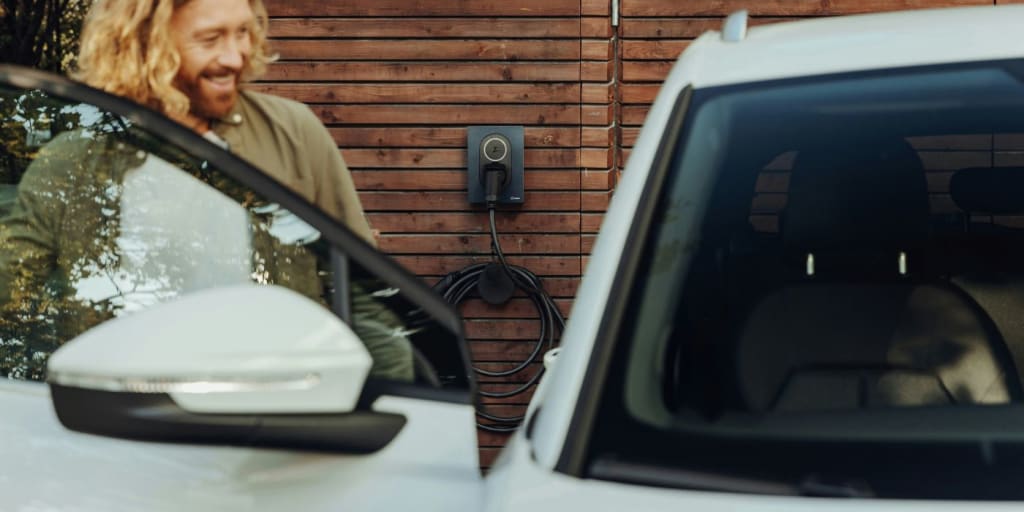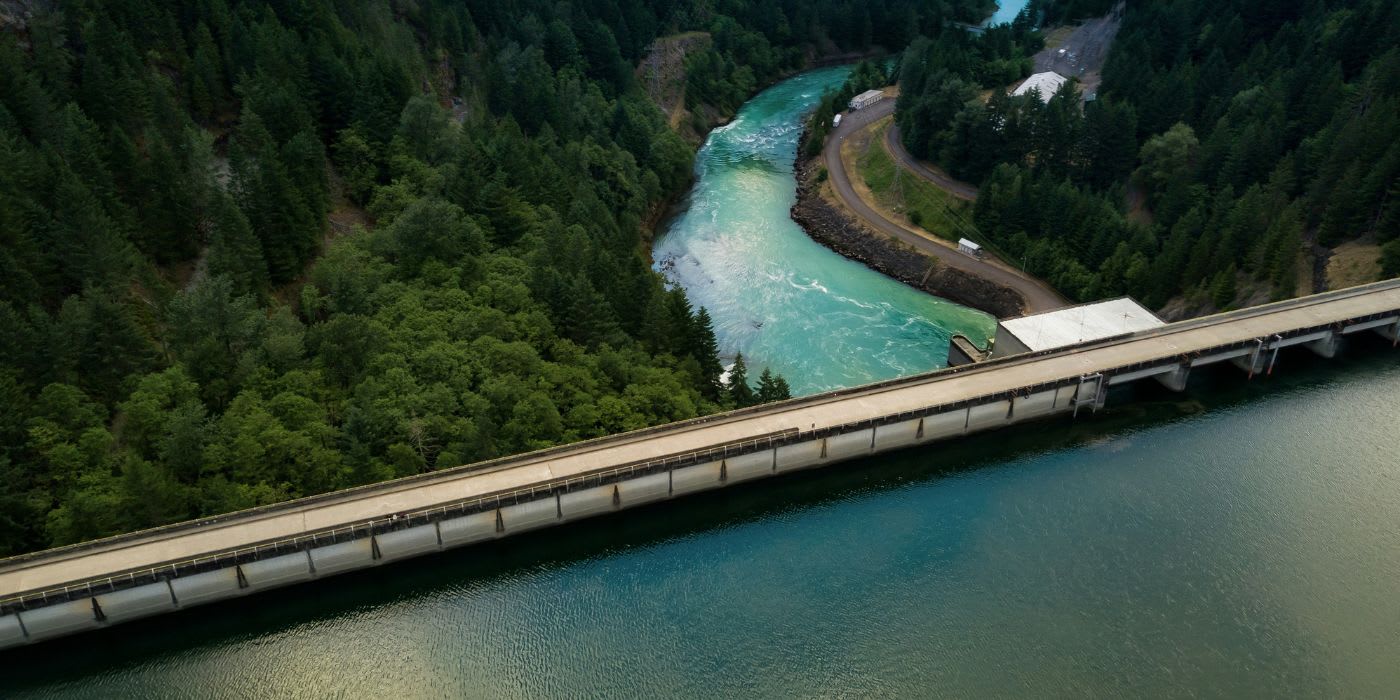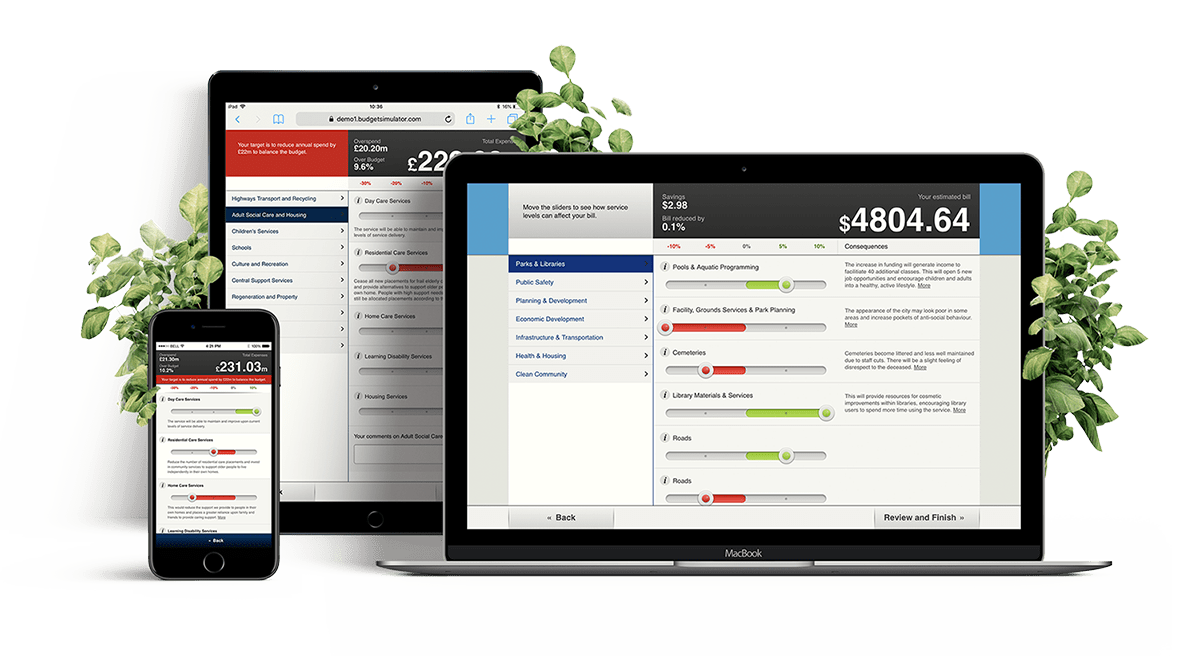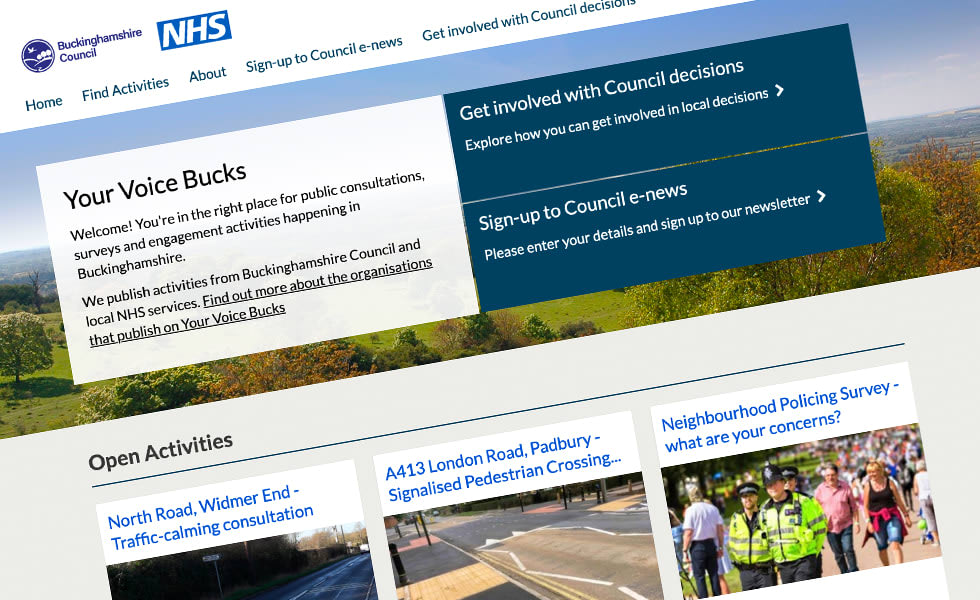
Climate change and ecological destruction is a real and ever-present threat to society. Creating and enacting a strategy for meeting our Net Zero goals depends not only on experts and policy, but on ordinary people. Net zero strategies must not only be designed with citizens in mind, but must be created alongside them.
Why is public engagement important for developing a Net Zero strategy?

Public engagement is the most important (and arguably only) way to ensure a net zero strategy that works. Public engagement makes citizens feel that climate measures are something they are co-creating alongside public bodies to safeguard their communities against climate breakdown. Without public engagement, these measures may feel like inconveniences being imposed on them from above.
Engaging citizens in the process of developing a net zero strategy significantly increases the perceived legitimacy of a given policy.
For example, a wind farm on nearby farmland may generate opposition, unless it was first open for public comment and consultation. Likewise, a new city-wide tax on high emission vehicles may be controversial. However, a climate-based engagement process that allows all sides to share their views and can demonstrate how all views were used to develop a final strategy will be more acceptable to all parties.
Actively engaging citizens demonstrates transparency on the part of decision-makers, which in turn builds trust. When people feel they have had a say in those trade-offs, they are more likely to accept and support policies.
Another key way that public engagement benefits climate strategies is that engagement activities provide opportunities to improve the understanding of policy-makers. While policy may take into account the scientific side of meeting net zero targets, it does not necessarily always anticipate human behaviour well. Engagement on energy allows participants to raise concerns or priorities that experts overlook. This diversifies the perspective behind strategy design and helps avoid blindspots.
Engaged citizens are citizens that are invested in meeting our climate goals. As one Secretary of State recently said:
“We’re going to win this net zero fight, school by school, hospital by hospital, community by community, by showing the benefits this is going to deliver.” – Ed Miliband MP, Minister for Energy Security and Net Zero
Challenges to public engagement with net zero

As important as engaging the public in a net zero strategy is, it is not without challenges. Some examples of these challenges include:
Scientific complexity
One of the first rules of citizen engagement is to ensure that all information is accessible, easily understood and written in plain English. This can be very difficult when it comes to explaining the reasoning behind net zero policy. From grid dynamics to system interdependencies, it is sometimes difficult to talk about this topic without using highly technical language and abstract concepts. It is hard for the public to get behind something they don’t understand, but it is hard to boil climate science down into readily digestible information.
Scales and timelines
Unlike many infrastructural decisions, our decisions around carbon emissions and greenhouse gas emissions affect more than just ourselves. Equally, the decisions made by other regions and countries affect us. Climate change can only be mitigated by a concerted effort by all, but for some it is hard to stomach “doing our bit” if other countries don’t do the same. This leads to stalled action around the globe, as each country takes their lead from another and concerns over global warming wax and wane.
Equally, when it comes to both the negative effects of climate change and the positive effects of taking action, we are often talking in terms of decades of sustainability. Sometimes it can be difficult to give a timeline at all, which can make communicating urgency difficult.
Lack of perceived power by participants
Public engagement as a whole has the potential to breed cynicism. However, climate and environmental engagement can leave people feeling particularly “tokenised” if they cannot see how their views have been taken on board.
It is particularly difficult for those who want to see their areas doing more to meet net zero emissions to express this, as opposing new measures is usually more straightforward than requesting more of them.
Political polarisation and conflict
Particularly in recent years, climate strategy and net zero in particular have become arenas for political football. Engagement processes must navigate conflict and ambivalence without collapsing into echo chambers or confrontation.
Methods of engagement in net zero strategy

There is no one-size-fits-all method to public engagement around net zero. Net zero strategies themselves comprise hundreds of measures and related content, applied to specific situations. Examples of potential activities include:
- Citizen assemblies and panels: Both large citizen assemblies and smaller citizen panels are useful ways to engage citizens in climate strategy. These allow citizens to consider a wide range of expert information and then deliberate on how best to put that information into practice in their areas. Examples include Climate Assembly UK, which brought together a demographically representative group of over 100 people to discuss climate and net zero strategy.
- Public meetings: Perhaps the simplest method of delivery information to large groups of people. Although often less interactive, with the “loudest voices” often preferred, public meetings can nonetheless be a good way to inform a community and get an idea of response quickly.
- Public consultations: Broad reaching consultations, particularly those that use both quantitative and qualitative data gathering can be scaled widely, allowing a large number of residents to receive factual information of net zero and share their perspectives.
- Place-based engagement: Consultations using geospatial data, or other participatory mapping activities can have a significant impact on participants ability to both understand and convey information.
Best practices for net zero engagement

In order to run a net zero engagement activity well, there are a few key tips that are usually beneficial for any activity.
Engage citizens early on
Firstly, it is important to begin engaging citizens early in any decision-making process. Engaging people later, when a policy is already well developed, will likely make them feel cynical about the process. By beginning early, policies can be shaped by community voices alongside relevant experts.
Ensure activities are accessible and inclusive
This means making deliberate efforts to include underrepresented groups by removing barriers to access. Using plain language may be difficult when it comes to scientific concepts, but every effort must be made to simplify information wherever possible.
Making information visualisable, using geospatial techniques, can help make complex information more tangible and relatable. Providing learning resources before and during an opportunity or activity allows participants to reflect and contribute with confidence.
Think long term
Ensuring compliance and consent over the course of decades means engaging citizens in a way that is more than a simple one-off. That means it is crucial that they feel that their contribution has mattered. It is not enough to simply gather information. Instead, facilitators must:
- Provide updates throughout the process about next steps.
- Demonstrate how participants’ contributions will be used to influence policy going forward.
- Give feedback at the end, ideally summarising commonly held views and how these in particular were addressed.
Supporting net zero engagement with digital tools

Public engagement in the past was often little more than a box-ticking exercise. In part, this was because engagement at scale involved such an excessive amount of administration that doing it well was often not possible. Just distributing hundreds of pages of information to thousands of residents would be the work of entire teams. Inputting, analysing and feeding back on thousands of responses could take months, if it happened at all.
Technology, and more specifically digital engagement platforms, changed the way public engagement could be conducted. Simply by digitising documents and allowing participants to give consultation responses digitally, consultations became far more manageable for public bodies. However, modern, purpose-built tools like Citizen Space, Simulator and Dialogue have gone much further than simply digitising existing processes.
Dialogue

Dialogue enables deliberative engagement in net zero strategies by allowing citizens to contribute ideas, discuss priorities, and provide input on key climate decisions. Platforms like Dialogue give the public a voice by suggesting discussion topics, and commenting on proposals, even for those not selected for more formal panels.
The Scottish Climate Assembly recently used Dialogue to ask citizens from across the country ‘How should Scotland change to tackle the climate emergency in an effective and fair way?’
Simulator

Simulator can be used to help participants explore the complexities inherent to net zero strategies. Citizens can interactively adjust variables using sliders to see the outcomes of their choices. When it was used by the London Borough of Redbridge Council to inform their carbon reduction strategy, they created a Carbon Budget, with six categories such as ‘transport’ and ‘property’, each containing a range of possible actions. This allowed them to make abstract climate challenges tangible to residents, showing citizens the difficult decisions policymakers face.
Citizen Space

Citizen Space is a digital consultation platform that can easily facilitate large scale consultation on net zero strategy. The platform allows government, public bodies and public-facing organisations to run consultations – including statutory consultations – and gather evidence from industry experts.The flexibility of the platform allows facilitators to vary question styles to maximise the breadth of information gathered.
Quantitative questions can give a great deal of easily understood information, while long-form qualitative questions can gather insights that may otherwise not have been picked up by decision-makers. When consulting on a net zero strategy, it is useful to have both. For example, you might want to know how many respondents broadly agree with a proposed strategy. It may also be useful to let people have the freedom to suggest ways they believe their area could cut carbon use.
Every engagement activity is different, and while one platform may work for one activity, another may be better suited elsewhere.
Citizen Space is the go-to platform for connecting governments, developers, and citizens. If you’d like to learn more about how our software supports the development of climate strategies and net zero planning, book a free demo and we’ll walk you through it.
Sign up for the Delib newsletter here to get relevant updates posted to your email inbox.